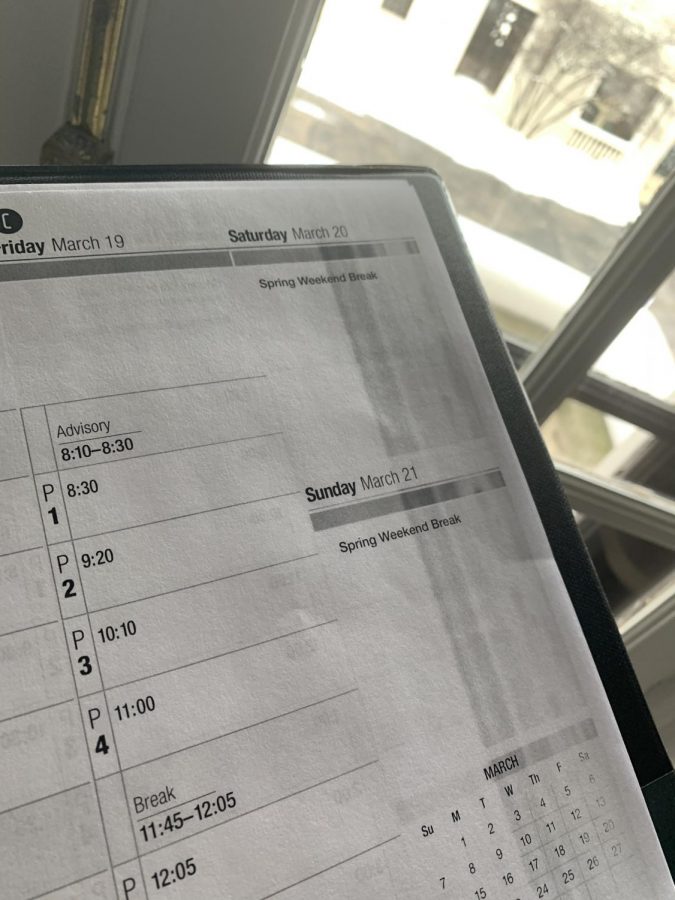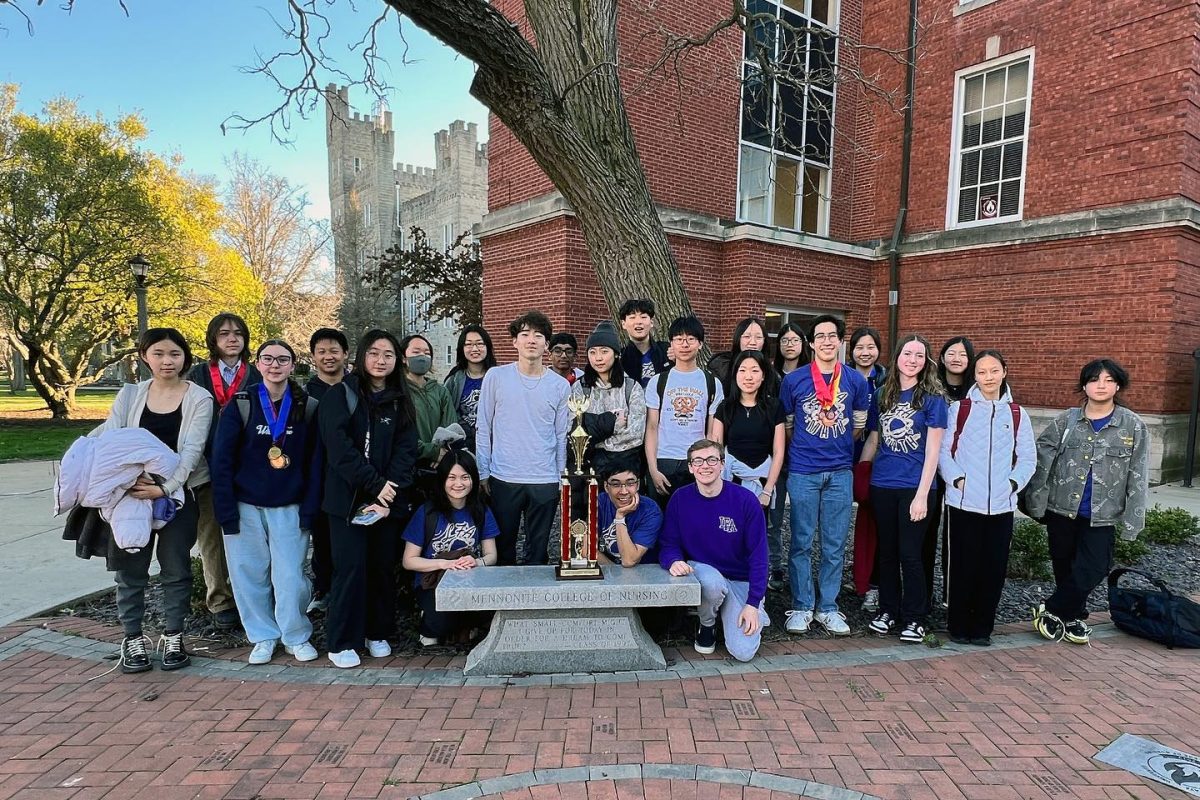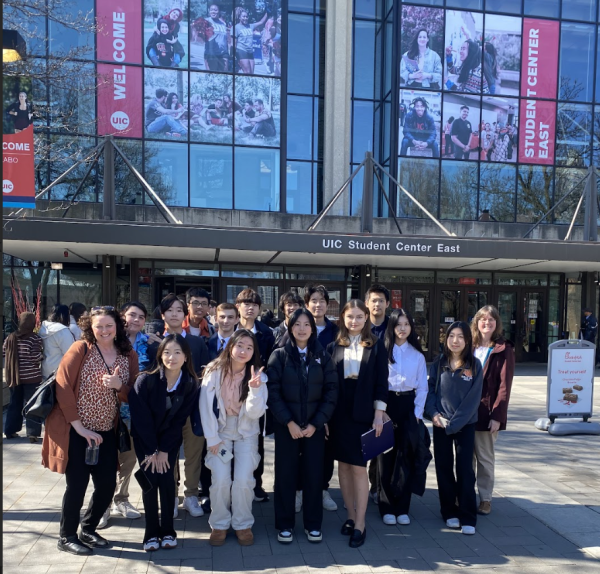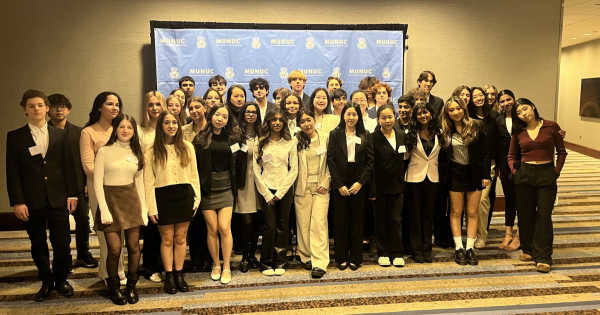New schedule changes and what they mean
Photo by Gemma Fink
The new planner includes these cycle breaks and spring weekend breaks.
February 18, 2021
In-person learning at Lake Forest Academy this year came with a few alterations, one of which being Spring Break, or rather, a lack thereof. For the second semester of the current school year, Chris Tennyson, Dean of Students, and Anna Kliner, Director of Health Services, along with a few other faculty, decided that it would be better for LFA students to have “Cycle Breaks” instead of Spring Break.
Cycle breaks at LFA are designed to give students one day off per cycle. Though they sometimes appear on a Friday or Monday, the majority of LFA’s cycle breaks will take place on Wednesdays.
Tennyson stated that the school’s choice to remove Spring Break from the schedule was informed by decisions that both universities and other boarding schools were making. Many schools in similar situations to LFA chose to relocate their Spring Break time to a more “COVID-19 friendly” place in the schedule, as student travel poses major risks to the safety of in-person learning.
While some schools decided to tack on their Spring Break at the end of the year, LFA decided against this, as it would force end of year ceremonies to occur the weekend after AP Testing. It would also eliminate time on campus in May, which is usually very enjoyable and community oriented.
So, in lieu of ending the year early, the school decided to distribute the break across the second semester schedule in the form of cycle breaks. These breaks are supposed to be a “no work or homework day,” just like Spring Break would be.
The intention behind this plan is to allow students and faculty to have a break every week to alleviate the stress of school, whether it be remote or in person. “Normally” many students wouldn’t think twice about being in person, but with the added fact of wearing masks 24/7, along with all the other regulations, it has taken much more out of the students to be in-person at LFA. Cycle breaks “give everybody a day to say, ‘okay, I don’t have to wear my mask all day’” notes Tennyson. Not only do cycle breaks have an effect on the physical health of students, but they also have an effect on their mental health. These cycle breaks are supposed to allow students and faculty alike to have a day of rest which would otherwise be filled with lots of work.
A regular week of school consists of five full days of school starting from 8:10 to usually 3:20, but now a regular week during the pandemic consists of four full days of school. From a mental health standpoint, having one day per week (especially in the middle of the week) off from school gives the community a chance to relax and practice self care.
In an interview with Kliner, she said that “in weighing what’s best for students’ mental health, being together for all those non-spring break times is healthier than not being together at all.” The choice a group of faculty members had to make was the decision of “having an in-person semester versus not having an in-person semester” said Kliner.
Jennifer Madeley, School Counselor and Health, Wellness & Community Department Chair, said “we can’t go straight without breaks, and if we can’t have a Spring Break, then we have to have breaks.” The basic idea of cycle breaks is to encourage students and faculty to take a break on these days and do something other than schoolwork or lesson planning. As students and faculty, “we don’t take good care of our mental health and taking care of ourselves,” said Madeley.
Speaking with Tennyson and Kliner about suggestions to keep the school open for as long as possible, including cycle breaks in the schedule, came with having students and faculty “stick closer to home” and adhering to COVID-19 regulations while outside your home. The school can only do so much to prevent new cases popping up at LFA, but in order to keep them from coming outside, each student and faculty member has to be aware and cautious of what they do and where they go. One of the main reasons for not having a Spring Break was to mitigate many of the students and families traveling during that period then coming back to the states and having to quarantine for at least ten days.
In light of this, it is important to adhere to the school’s new guidelines to make in-person learning a safe environment for everyone.
















